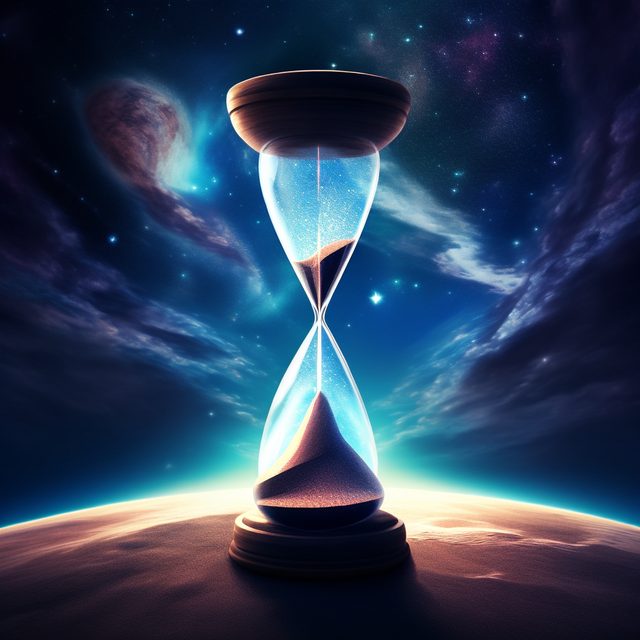The Evolution of AI and Human Creativity: Co-Creation in the Digital Age
In the realm of technology, the advent of artificial intelligence (AI) has been a transformative force. AI, with its ability to process vast amounts of data and create new content, has been the subject of much debate in recent years. Central to this discourse is the question: Can machines truly be creative, just like humans?
Drawing insights from the provided sources, we can conclude that AI has the potential to augment human creativity, rather than replace it. By promoting divergent thinking, challenging bias, assisting in idea evaluation, supporting idea refinement, and facilitating collaboration, generative AI can serve as a powerful tool to enhance the creative process.
The intersection of AI and human creativity represents an exciting chapter of our technological evolution, championing collaboration between humans and machines to achieve new heights in innovation. As AI systems are further honed, they may teach us valuable lessons about our own creative processes, enabling us to push the boundaries of human creativity even further.
However, it is crucial to recognize that AI creativity is fundamentally different from human creativity. Generative AI excels at creating content based on pre-existing data and patterns, whereas human creativity is fueled by emotions, experiences, and individual perspectives. The marriage of these two distinct forms of creativity paves the way for truly remarkable and groundbreaking achievements in various fields, from art and literature to business and technology.
In the days to come, it will be essential to understand and capitalize on the unique strengths of both AI and human creativity to unlock their full potential. By creating an environment that fosters human-AI collaboration, we can unlock a new world of possibilities, embracing a co-creative future where humans and machines work harmoniously to achieve unprecedented heights of achievement and innovation.
